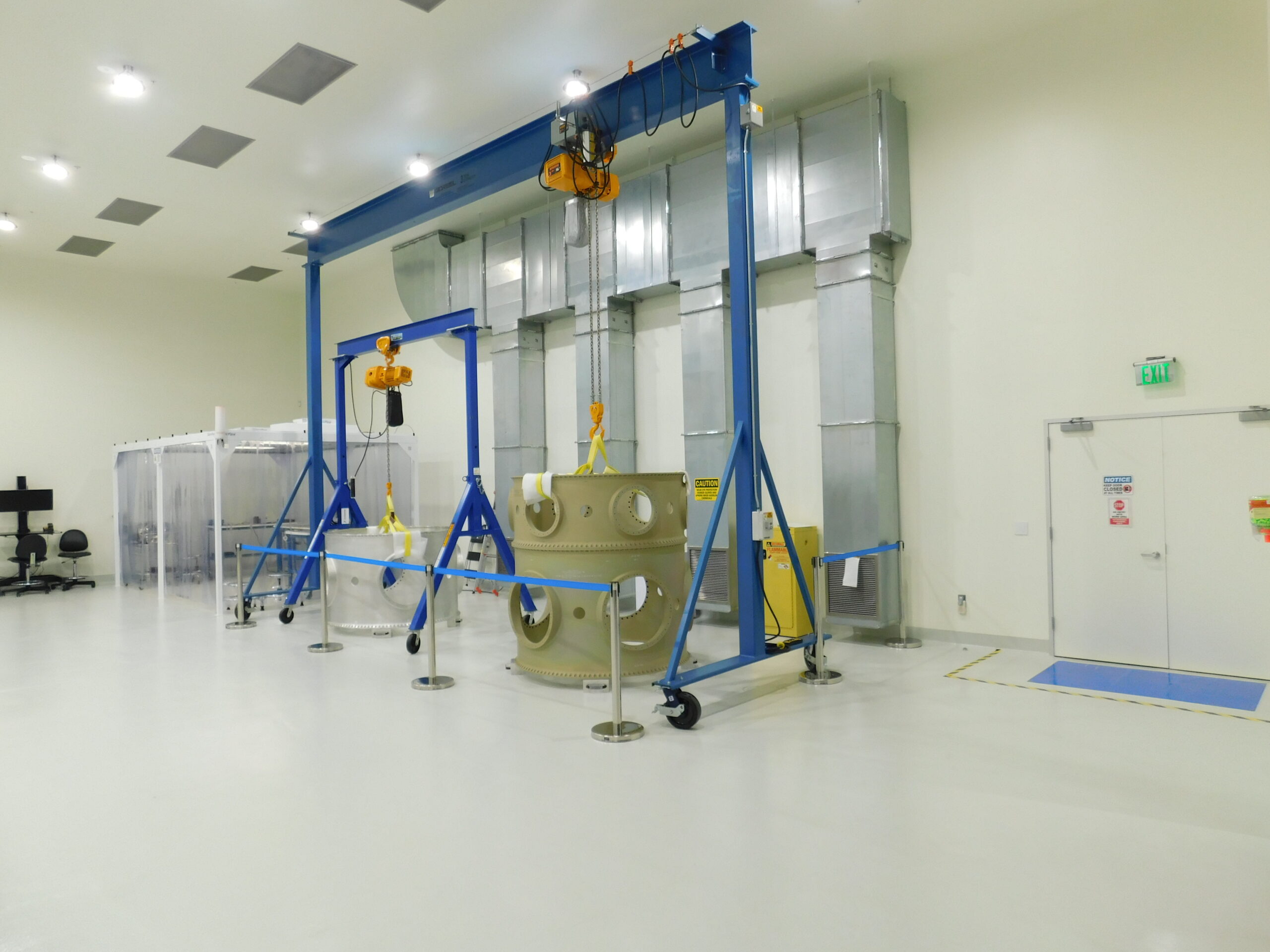Whether chasing weather balloons with software-defined radio or searching for buried treasure with a DIY magnetometer, detecting solar flares and gamma ray bursts for less than US $100, or tracking the movement of the spiral arms of the Milky Way with a radio telescope he built himself, Senior Editor David Schneider has a knack for satisfying his scientific curiosity with projects engineered to delight Spectrum readers.
With a doctorate in geophysics, Schneider has been helping to make the invisible visible for scientists and engineers for almost three decades at Scientific American, American Scientist, and for the last 15 years, IEEE Spectrum.
As he prepares to leave Spectrum to pursue more writing and assorted other projects, I asked Schneider to survey his DIY oeuvre and choose some highlights. He notes that his exoplanet detector, which he made back in 2014, still impresses him almost a decade on. That project reinforces a theme running through many of Dave’s projects: The only way most nonspecialists can explore these pursuits themselves is by using materials at hand or scored on the cheap.
The exoplanet detector is an absolute delight for the frugal DIYer. Schneider took a camera he already had and added a vintage telephoto lens (which he bought on eBay for just $92, because by that time it was worthless to most photographers), then mounted it on a “barn door” tracker made of two pieces of plywood and gears yanked out of an old printer, along with some other odds and ends. With a contraption that would have earned him kudos from MacGyver, Schneider managed to track the transit of an exoplanet in the binary star system HD 189733, a type of observation that had escaped even professional astronomers until 2002.
“It’s just that those vibrations, having traveled long distances through the Earth, have (thankfully) been too small to feel. If I had a suitably sensitive seismometer, though, I’d be able to measure them.”
Schneider’s training and experience as a geophysicist has informed not only his Hands On projects but also the hundreds of articles he has reported or edited over the years. A great example is his story about how BP dealt with a devastating well blowout in the Gulf of Mexico in 2010. “I was able to include a lot of detail in the midst of the Deepwater Horizon disaster at a time when nobody could interview the folks who were actually doing the work because they were too busy—and on a drill rig in the middle of the Gulf,” Schneider recalls.
And the bits and pieces he picked up about seismology during his early career came in handy when he was building the Raspberry Pi seismometer for this month’s Hands On, “Detect Quakes With ‘Raspberry Shakes,’ ” on page 16. It’s a new project driven by a familiar citizen-scientist investigative motive. “Many earthquakes have…vibrated the ground beneath my feet,” he notes. “It’s just that those vibrations, having traveled long distances through the Earth, have (thankfully) been too small to feel. If I had a suitably sensitive seismometer, though, I’d be able to measure them.”
While this is Schneider’s last Hands On as an editor for Spectrum, it won’t be his last as a contributor. We’re looking forward to his next project and the wonders Schneider will help us uncover for ourselves.
Note: This article have been indexed to our site. We do not claim legitimacy, ownership or copyright of any of the content above. To see the article at original source Click Here













